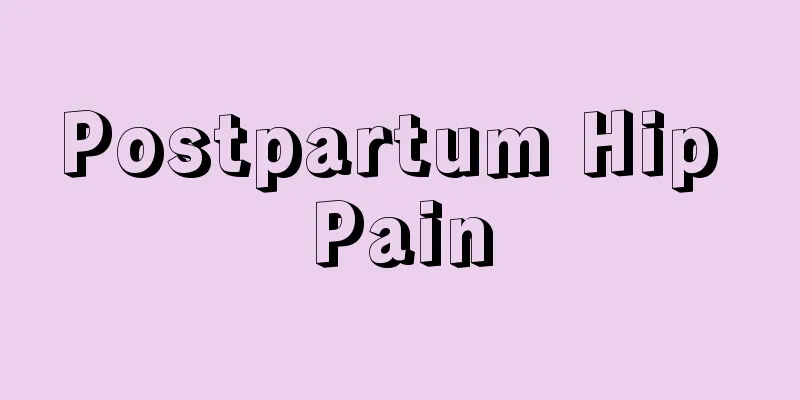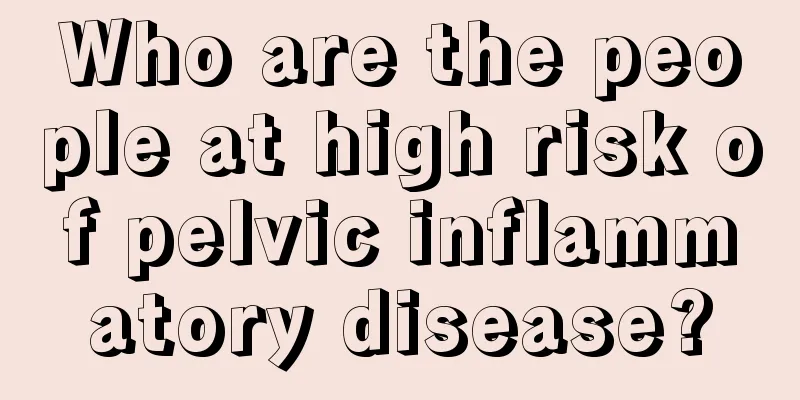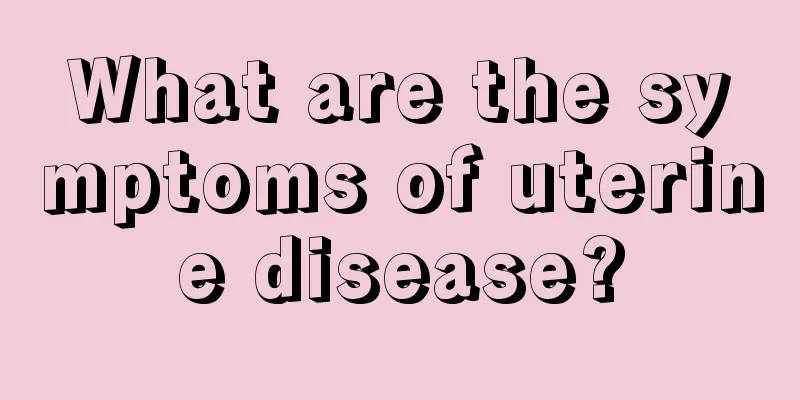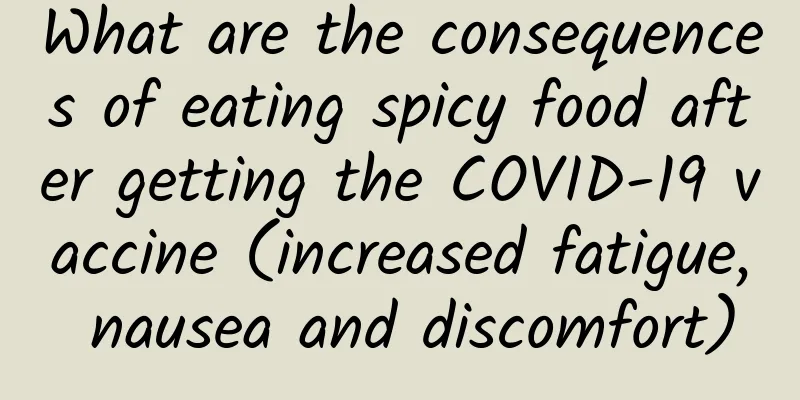Postpartum Hip Pain

|
Many women experience hip pain after childbirth, which is most likely a symptom caused by hip bursitis. The incidence of hip synovitis is still relatively high. In addition to causing painful symptoms, this disease also affects the patient's ability to move to a certain extent, so it needs timely treatment. Here is some information about hip synovitis. 1. Etiology and pathogenesis 1. Most of them are caused by long-term excessive abduction and external rotation of the lower limbs (such as jumping, splitting, etc.), standing or walking on hard ground for a long time, and sitting on hard chairs and stools for a long time. 2. Excessive fatigue (such as running, mountain climbing, cycling and other sports activities) or falling directly hits the hip joint, causing the joint capsule to be stretched or squeezed. 3. Caused by exposure to wind, cold and dampness. 4. It may also be caused by local bacterial or viral infection. 5. Suffering from ankylosing spondylitis, rheumatoid arthritis, gout and other diseases. 6 Children with immature hip joints, middle-aged and elderly people with excessive labor intensity or joint relaxation are all prone to this disease; 7 The lower limbs are of unequal length; 8 After hip surgery such as hip arthroscopy or hip replacement. 2. Traditional Chinese Medicine Bone Correction 1. The affected limb cannot stand or walk for 1 to 4 weeks. 2. Knee flexion, hip flexion and rotation reduction method. 3. Hip flexion, shaking and extension reduction method. 4. Cooperate with massage, acupuncture, micro-acupuncture therapy and medicinal ironing therapy. 5. Mainly use manual therapy, combined with oral administration of Chinese medicine. 3. Western medicine treatment 1. Rest is the most important thing. You should try to avoid activities that may make the disease worse, such as going up and down stairs, running, etc. You should choose a softer seat or one with an inflatable air cushion. When the pain subsides, you can gradually resume exercise. 2. Apply ice to reduce inflammation, swelling and pain. 3 to 4 times a day, 15 to 20 minutes each time; 3. If there is bacterial infection, antibiotics should be used; 4. Local fluid extraction and simultaneous application of hormones; 5. Oral NSAIDs, such as ibuprofen; 6. Physical therapy, such as ultrasound, massage, etc.; 7. Avoid sleeping on the affected side. Put a pillow between your knees when sleeping on your side. 8. Consider surgical treatment when the disease lasts for a long time. |
<<: Lower abdominal pain after going to toilet
>>: Women always feel hungry and want to eat
Recommend
It is better to drink brown sugar water for a few days after abortion
Abortion can cause great harm to women. When a wo...
These four habits when cooking may double the carcinogens!
This article was reviewed by Liu Shaowei, Deputy ...
Areola with fleshy grains
The female breast is a very important sexual orga...
Should I wear a bra when sleeping while breastfeeding?
When sleeping during breastfeeding, you need the ...
Infertility, taking a few doses of Chinese medicine, pregnant
Suffering from infertility means the inability to...
Dietary modification is necessary for patients undergoing weight loss surgery
Weight loss surgery mainly changes the gastrointe...
Do you need to look at the brand when buying eggs? What should you look at when buying eggs?
As we all know, eggs are a common type of egg foo...
What is the best time to measure follicles?
Women need to check the condition of their follic...
What happens if pregnant women eat too much pineapple?
As a tropical fruit, jackfruit is very nutritious...
How to perform surgery for intrauterine adhesions
Many women are required to undergo hysteroscopic ...
What diseases can Morchella cure (it has a good effect on dizziness, insomnia and poor appetite)
...
Why do women have facial hair?
Women are very concerned about their faces. They ...
Pregnant women have big holes in their teeth and it hurts
Pregnant women feel very uncomfortable during pre...
Can mumps cause infertility?
Because some patients experience male infertility...









